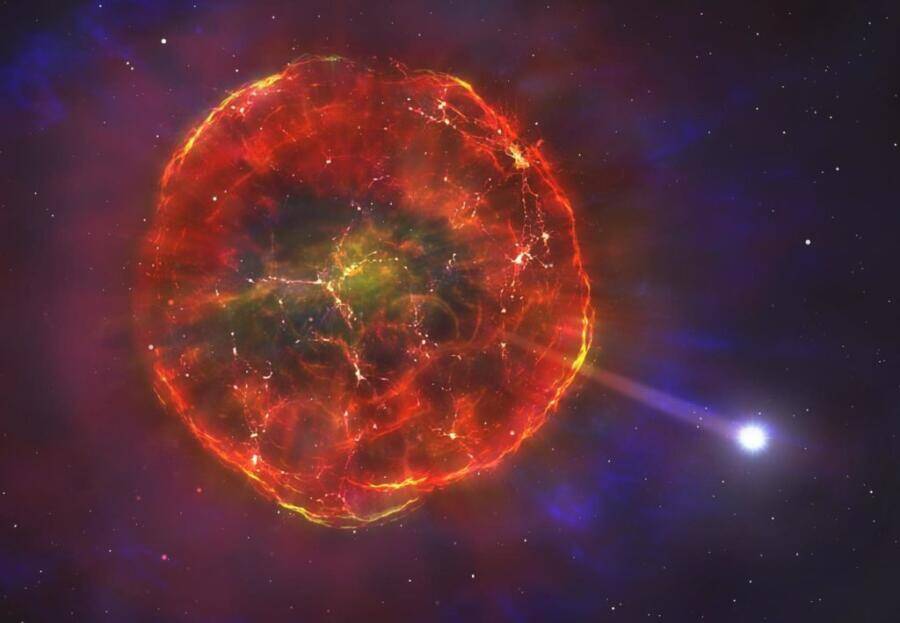After thermonuclear explosion, Supernova is seen crossing our galaxy
Scientists have noticed a white dwarf star hurtling throughout our galaxy after a thermonuclear explosion.
The star shot itself out of orbit with its own explosion, and is now travelling by means of the Milky Way, according to researchers.
It might be one in every of many such supernovas currently rushing by means of our galaxy without us knowing, researchers say.
It additionally means that there may be other types of supernovae in different galaxies that astronomers haven’t yet seen.
Scientists have noticed a white dwarf star hurtling throughout our galaxy after a thermonuclear explosion.
The star shot itself out of orbit with its own explosion, and is now travelling through the Milky Way, in accordance with researchers.
It might be one in every of many such supernovas presently rushing by means of our galaxy without us knowing, researchers say.
It additionally means that there could also be different kinds of supernovae in different galaxies that astronomers haven’t but seen.
Now astronomers on the College of Warwick have revealed that the star was probably once part of a binary star that exploded in a supernova, sending it and its partner flying out through the galaxy in numerous directions.
The star is travelling at 900,000 kilometres per hour, the researchers who noticed it say. It additionally seems to be significantly low in mass, which scientists say might be the results of the supernova explosion.
“This star is unique because it has all the key features of a white dwarf but it has this very high velocity and unusual abundances that make no sense when combined with its low mass,” stated lead author Boris Gaensicke from the Division of Physics at the University of Warwick in a statement.
“It has a chemical composition which is the fingerprint of nuclear burning, a low mass and a very high velocity: all of these facts imply that it must have come from some kind of close binary system and it must have undergone thermonuclear ignition. It would have been a type of supernova, but of a kind that that we haven’t seen before.”
“If it was a tight binary and it underwent thermonuclear ignition, ejecting quite a lot of its mass, you have the conditions to produce a low mass white dwarf and have it fly away with its orbital velocity,” stated Professor Gaensicke.




